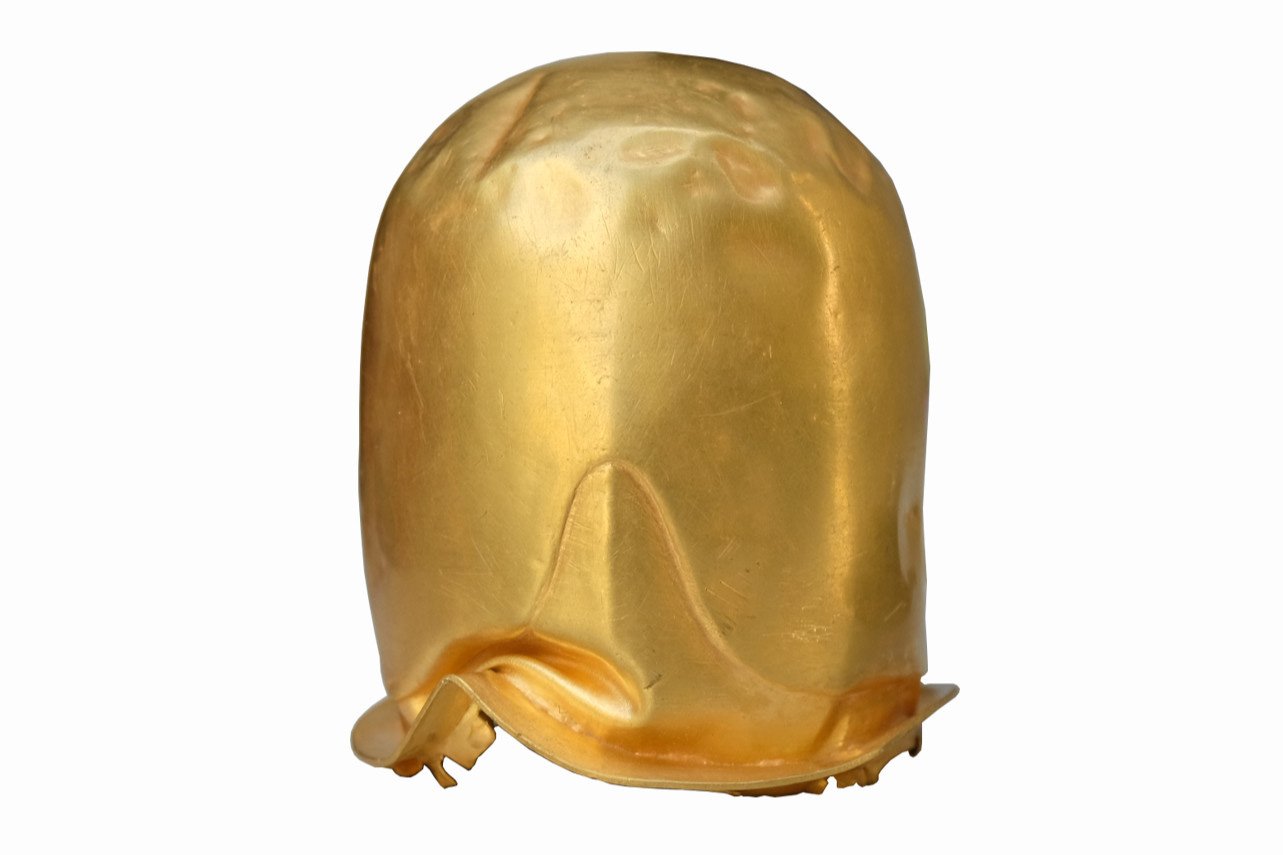
The gold Linga was discovered during an archaeological excavation in 2013 at the Po Dam tower complex in Phu Lac commune, Tuy Phong district, Binh Thuan province. This Linga dates back to the 8th–9th century, is 6.6cm high, has a body diameter of 5.35 - 5.49cm, and a rim diameter of 5.8 - 6.0cm. This Linga weighs 78.36g with a gold content of up to 90.4%, silver 9.05% and copper 0.55% - Photo: Binh Thuan Museum
The thrilling excavation that discovered Linga
According to Binh Thuan Provincial Museum, this golden Linga was discovered during an archaeological excavation in 2013 at the Po Dam tower cluster relic, Phu Lac commune, Tuy Phong district.
Mr. Nguyen Xuan Ly - former director of Binh Thuan Provincial Museum - recalled the 2-year excavation conducted by the Southern Institute of Social Sciences and Binh Thuan Museum at Po Dam Tower.
This excavation has brought out of the ground an extremely rich and diverse number of architectural and relics, with much information providing new understanding of a group of temples and towers that are among the oldest in Champa architecture over 1,300 years ago.
According to him, in the afternoon of mid-June 2013, when a group of workers were digging the layers of soil outside the wall of the North tower group, they suddenly discovered a yellow object about 50cm deep under a layer of soil mixed with gravel and broken bricks.
At first, everyone knew that this artifact was gold, but it was unclear what it was, what its function was, and why it was buried there... Due to confidentiality, the relic was "escorted" to the Binh Thuan Provincial Museum that same night.
Through appraisal, scientists confirmed that this is a Linga head made of pure gold (gold of high purity, unlike the young gold in the cups discovered at Po Klong Garai tower in 1984 in Ninh Thuan ).
Uniquely crafted work
Mr. Ly further analyzed that compared to the gold Lingas discovered in Champa relics or Oc Eo culture, the gold Lingas in Po Dam are many times larger in size, weight and gold content.
However, the main value of the Linga in Po Dam does not lie in the 78.3630g of pure gold but in the structure of the Linga, its origin, age, rarity and craftsmanship.
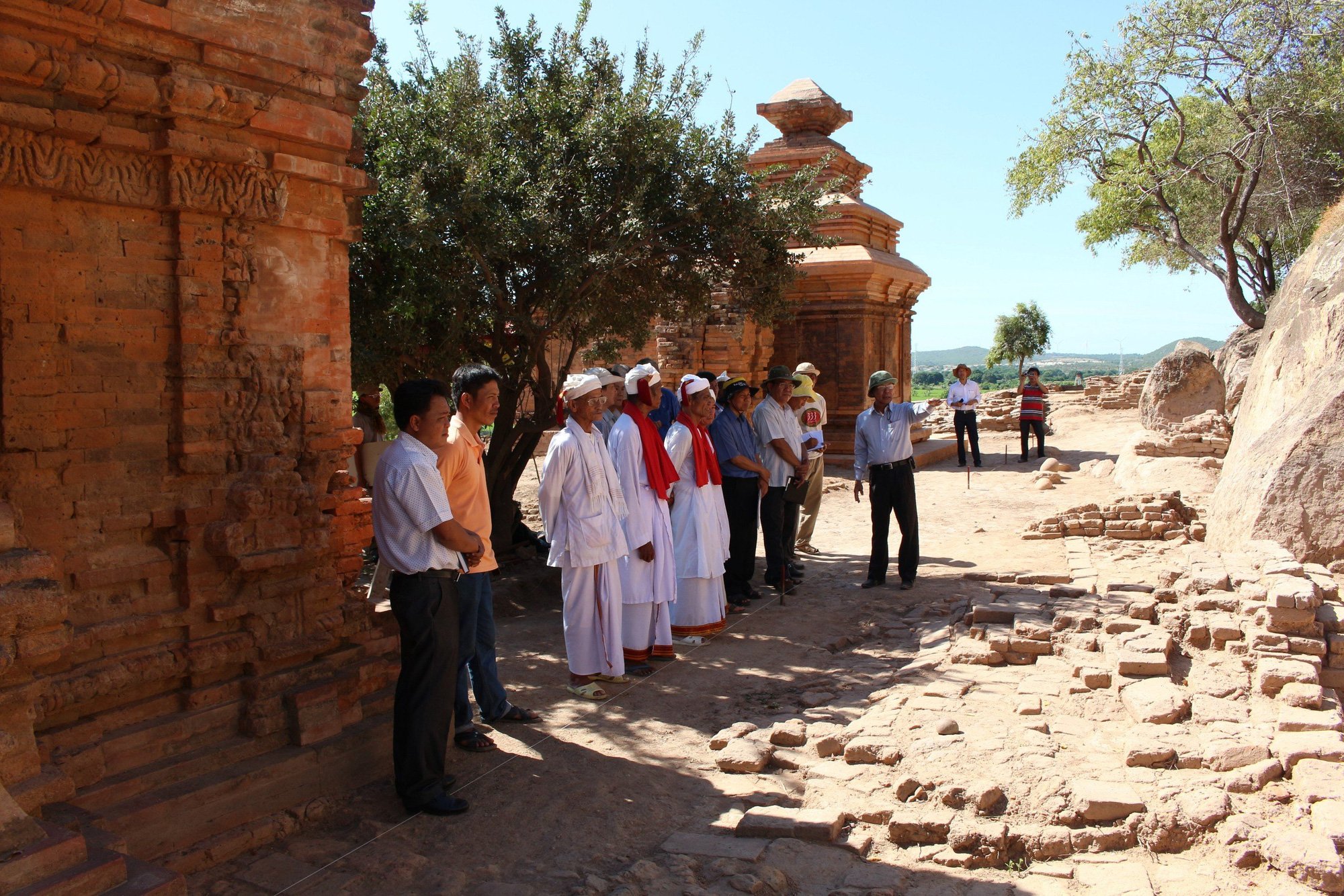
Archaeologists and representatives of Cham dignitaries at the excavation site in 2013 at Po Dam tower, Phu Lac commune, Tuy Phong district, Binh Thuan - Photo: Binh Thuan Museum
Linga was crafted by casting from a mold, not by hammering or embossing like most of the gold relics discovered in the Oc Eo culture or in the Cat Tien temple complex - Lam Dong. What is special is that Linga was discovered in the excavated stratum.
The details on the round Linga, the smooth inside and outside, the thin borders running under the base... are very delicate, proving that in the past, Cham craftsmen had reached a fairly high level in the art of goldsmithing.
To date, the golden Linga in Po Dam is one of the rare known works in Champa art in general and Binh Thuan in particular.
Along with other unique relics such as stele inscriptions, bronze rulers, bronze mirrors, musical instruments, etc., the golden Linga is an important discovery of this excavation.
Research on the culture, religion and beliefs of the Champa Kingdom during its prosperous periods shows that each king, after ascending the throne or achieving a glorious victory, often built new or renovated old towers, and cast golden statues to offer to Shiva, the supreme god.
That was the most important and precious gift that the Champa kings offered to Shiva. The golden Linga in Po Dam is also a case like that. Shiva in Po Dam tower is the embodiment of the stone Linga - Yoni idol worshiped in the Northern tower group that Henri Parmentier described in the early 20th century.
In January 2024, the Prime Minister decided to recognize this pure gold Linga as a National Treasure. It is expected that on the occasion of the Kate Festival 2024, Binh Thuan province will hold a ceremony to announce this decision at the Po Sah Inu tower relic, Phan Thiet city.
Linga is the phallus, the symbol of fertility, of the source of life.
In Brahmanism, Linga symbolizes the god Shiva as the principle of cause and effect (destruction and rebirth), as fertility, and is an important object of worship in ancient religious architectural relics of the Champa culture in Central Vietnam and other ancient cultures and nations in the Southeast Asian region.
Linga is a typical type of artifact representing the strong historical imprint of Indian culture on the Southern region and Southeast Asia, especially in the second half of the first millennium AD.
This is also important evidence in identifying the historical development of trade exchange activities, interactions, cultural exchanges and acculturation between indigenous people and Indian culture, reflecting the process of dissemination and influence of Indian religion on this land throughout history.
This contains important scientific information, of great value to the research and understanding of cultural and historical issues related to Po Dam relics and Champa culture.
Source



![[Photo] President Luong Cuong receives Speaker of the New Zealand Parliament Gerry Brownlee](https://vphoto.vietnam.vn/thumb/1200x675/vietnam/resource/IMAGE/2025/8/29/7accfe1f5d85485da58b0a61d35dc10f)






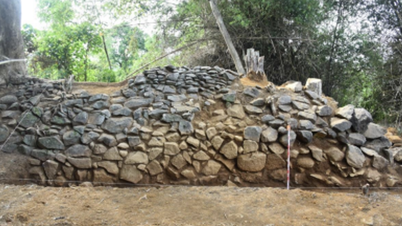

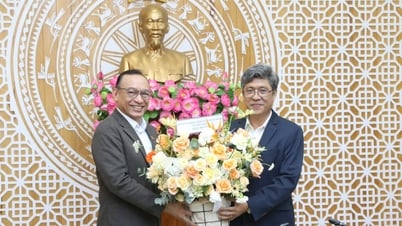



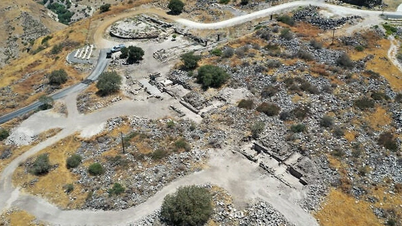





















![[Photo] Hanoi is ready to serve the occasion of the 80th National Day Celebration on September 2nd](https://vphoto.vietnam.vn/thumb/1200x675/vietnam/resource/IMAGE/2025/8/29/c838ac82931a4ab9ba58119b5e2c5ffe)
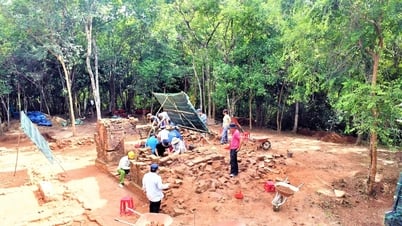

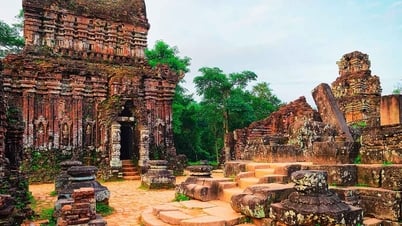

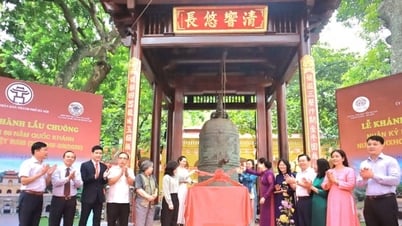



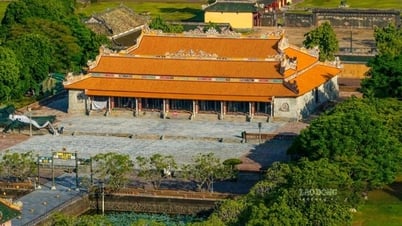
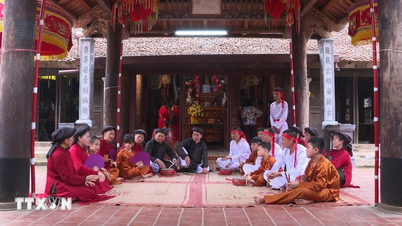



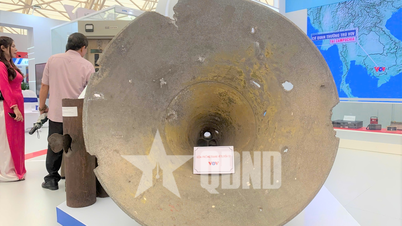

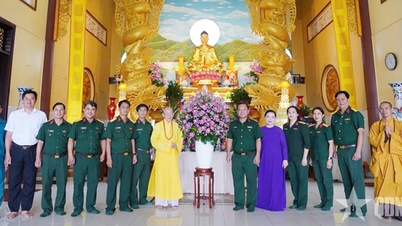
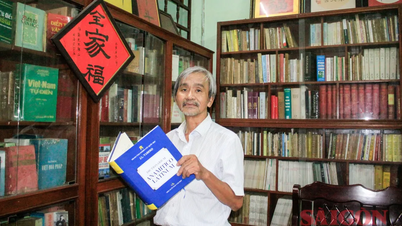




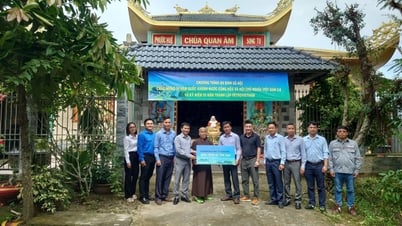









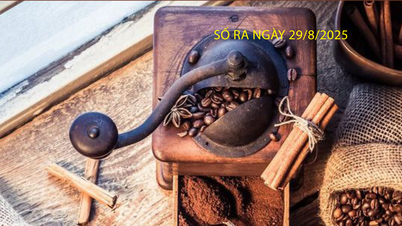





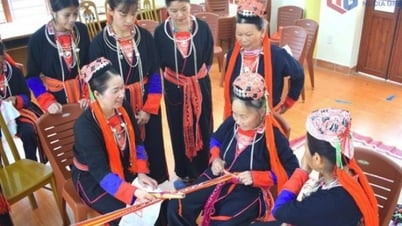








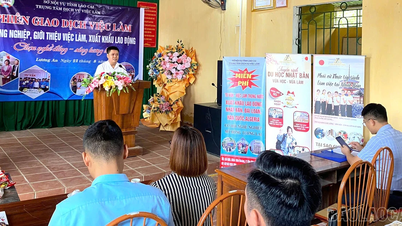










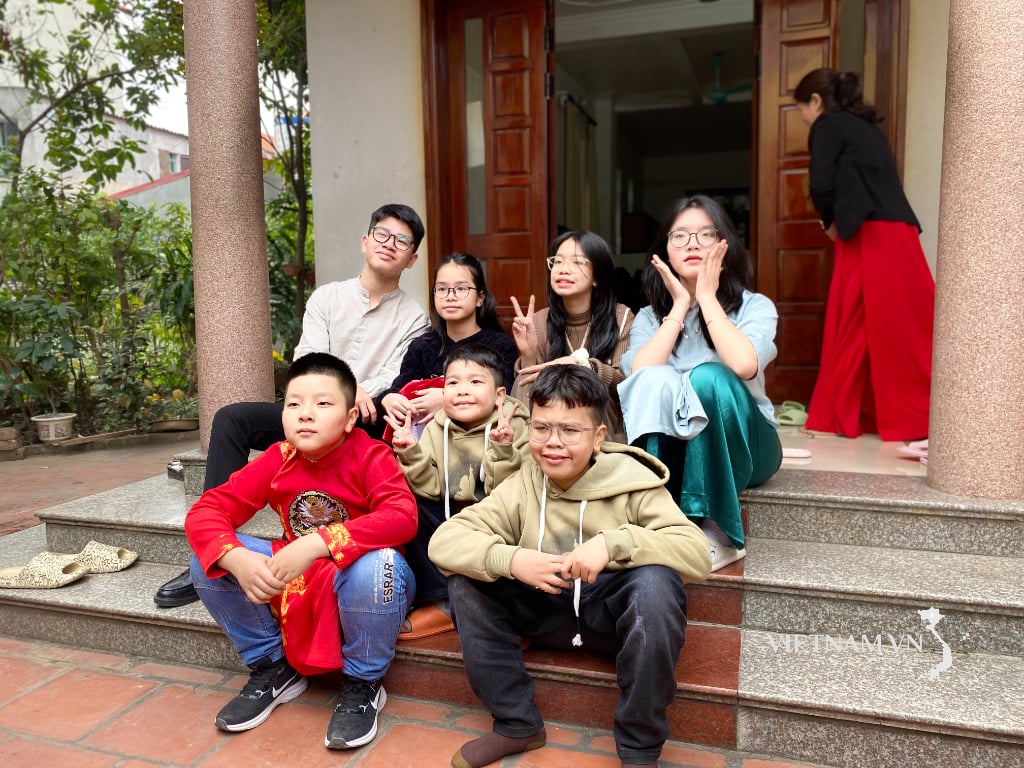
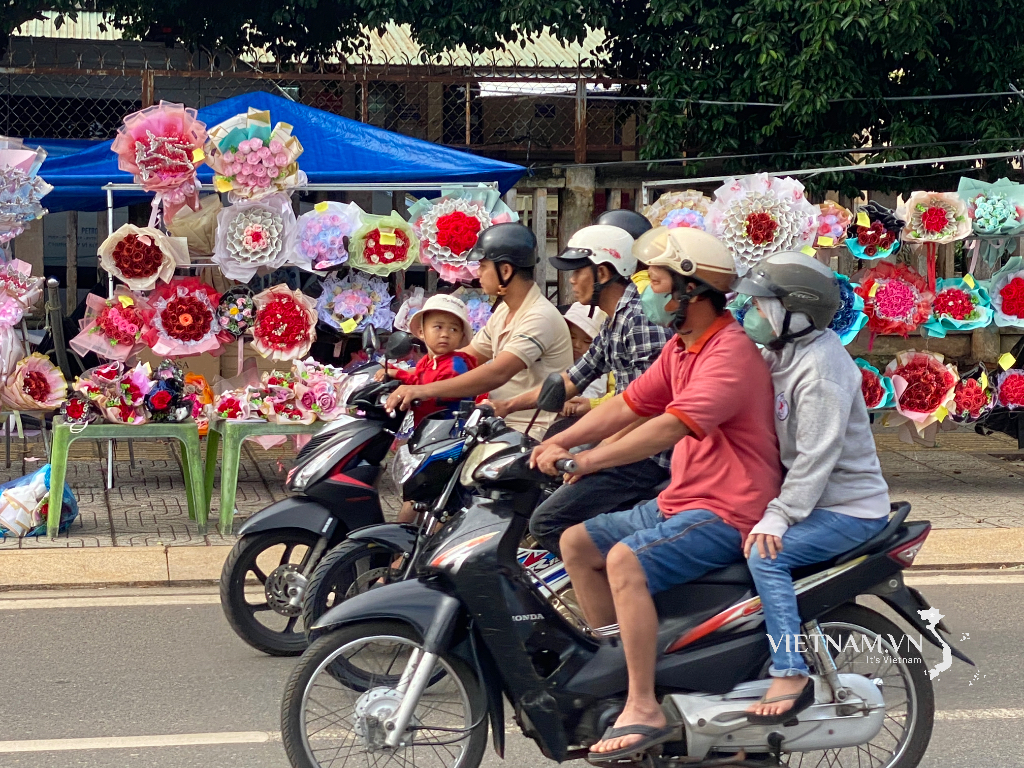


Comment (0)